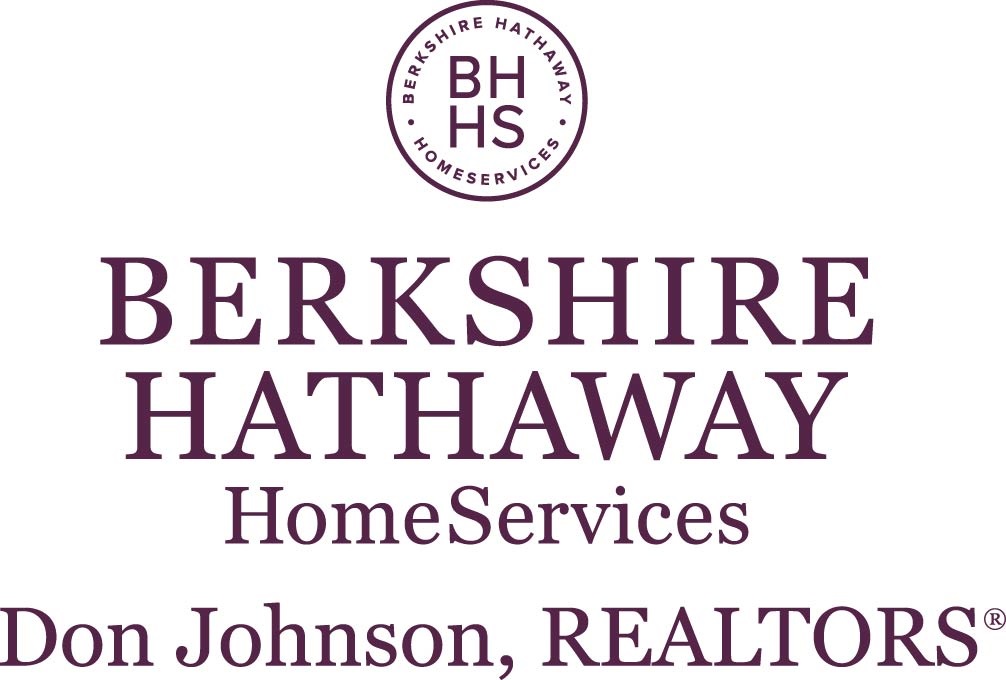Go to person for real estate needs.
Being a better homeowner is a full-time job. It’s not just about making better decisions when you buy and sell; it’s making better decisions throughout the time you own the home.
It takes good information to make good decisions. Think of times when you need advice on financing, taxes, insurance, maintenance, finding reasonable and reliable contractors and lots of other things. Imagine how nice it would be to have a real estate information line you could call whenever you have a question.
During the purchase or sale, the obvious place to get real estate answers is your agent but where do you go the rest of the time? Since homeowners are now staying in their homes for ten to twelve years or more, they need a reliable resource for good information and advice.
Our objective is to move from a single purchase or sale to customers for life; a select group of our friends and past customers who consider us their lifelong real estate professional. We believe that if we help you and your friends with all their real estate needs not just when they buy or sell but for all the years in between, we can earn the privilege to be your real estate professional.
Throughout the year, we’ll send reminders and suggestions by email and social media that enhance your homeowner experience. When we find good articles to help you be a better homeowner, we’ll pass them along. You’ll discover new ways to maintain your property, minimize expenses and manage debt and risk.
We want to be your “Go-To” person for everything to do with real estate. If you have a question, please call us at (830) 708-7199. If we don’t have the answer, we’ll find it for you or at least, point you in the right direction.
We’re here for you and your friends…now and in the future. Please let us know how we can help you.


